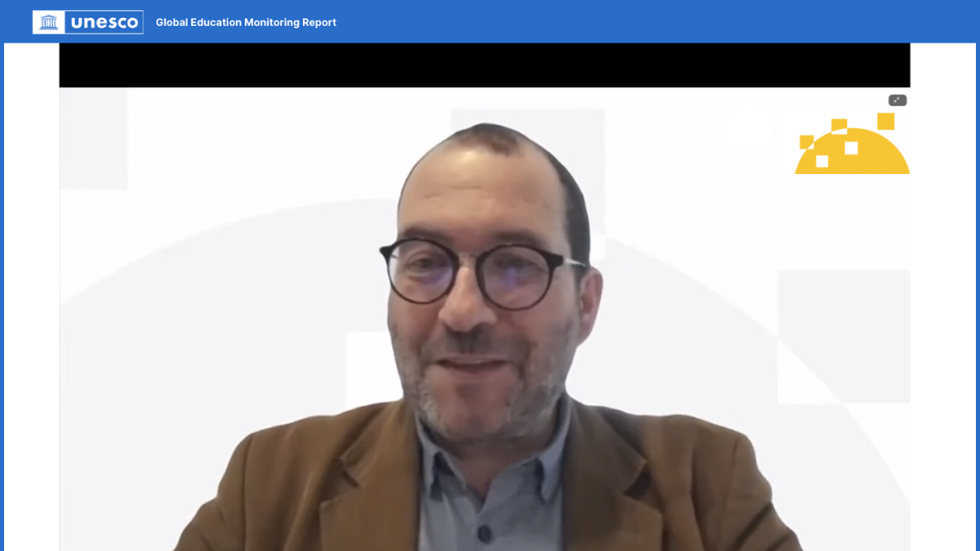UNESCO has launched its 2025 Global Education Monitoring (GEM) regional report for Central and Eastern Europe, the Caucasus and Central Asia. The report, entitled ‘Lead for inclusion’, focuses on the importance of school leadership for inclusive education systems. It outlines progress in inclusive education systems across the region in recent years and describes new challenges that have arisen, many resulting from language differences, ethnicity, migration and displacement.
Over 400 people followed the report’s online launch on 26 February. During the launch, Stefania Giannini, UNESCO’s Assistant Director-General for Education, described school leaders’ role in shaping the culture in their schools. She stressed the importance of inclusion for learners’ sense of belonging and how school leaders have the power to turn inclusive education policy into practice.
There followed an overview of the report’s key findings from GEM Report Director Manos Antoninis and Lana Jurko, Executive Director of the Network of Education Policy Centers. They highlighted how school leaders are essential to ensuring inclusive schools, encouraging and promoting inclusion across the school community. They presented four key recommendations from the report:
- Empower leaders and give them autonomy over decision-making in their schools, particularly around resourcing and pedagogy.
- Invest in professionalisation, ensuring leaders have management experience as well as teaching experience, that they are prepared to focus on inclusion and that they represent the local population.
- Ensure inclusion is a part of school leader recruitment and training.
- Encourage collaboration between school leaders and staff, learners, and families and communities as key to building inclusive schools.
Following the presentation of the report, EASNIE Director João Costa described how EASNIE is currently focused on supporting its member countries to implement inclusive education, and how leadership is a vital part of ensuring this. He echoed the GEM report’s findings on the importance of collaboration across levels, and explained how leaders must be flexible and creative, focusing on learners’ potential and applying preventative measures, rather than remediation.
Finally, Dr Costa explained how many of the GEM report’s key messages reflect the findings of EASNIE’s Supporting Inclusive School Leadership (SISL) activity, highlighting the SISL Policy Messages and self-reflection tool as particularly relevant. He stressed the need for school leaders and policy-makers to trust in this evidence, as well as other evidence, like the 2020 GEM Report on inclusion, that shows how inclusive education benefits all learners.
Representatives from the Council of Europe and the World Bank described their initiatives to promote inclusive school leadership, such as the Council’s work to ensure the inclusion of refugees and displaced persons and the World Bank’s Pathways to Inclusion and Equity. Finally, two examples of practice came from head teachers of the Roma Rock School in Macedonia and Petre Ştefǎnucǎ School in Moldova, who described the ways in which their schools are working to promote diversity and inclusion.
Download the report and watch the launch event on UNESCO’s website. EASNIE’s SISL web area contains more information on the SISL activity.


